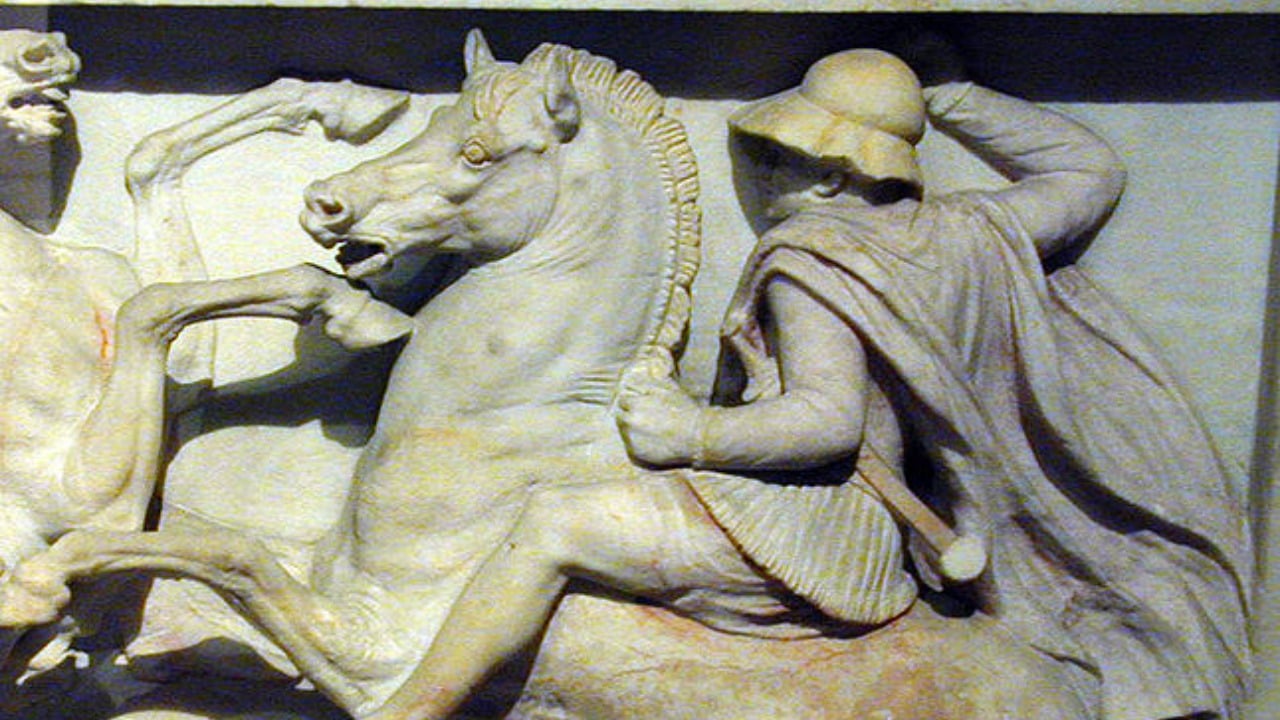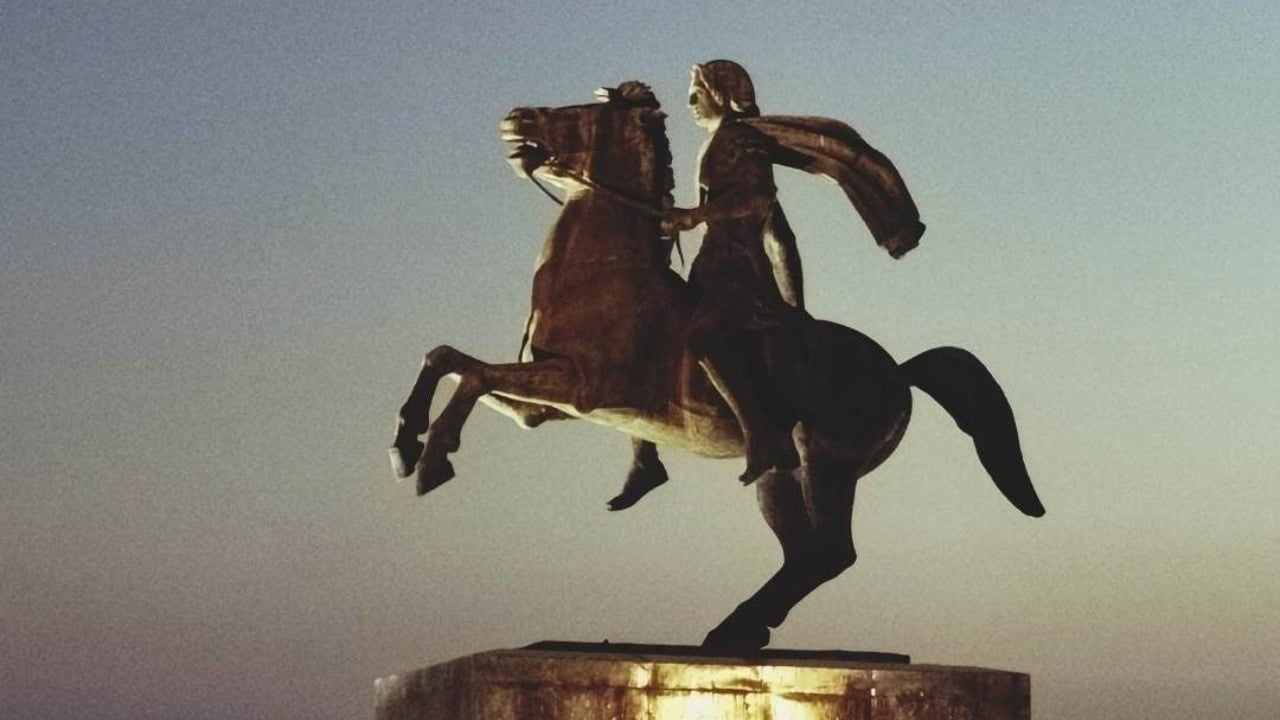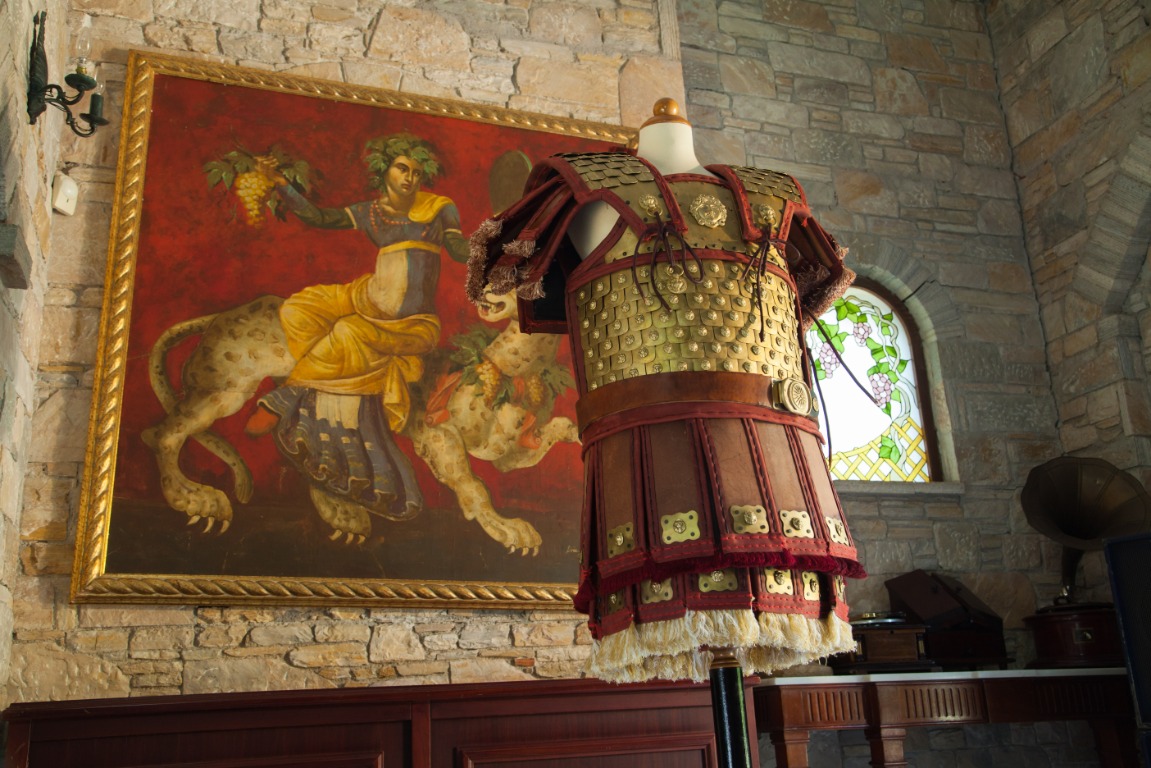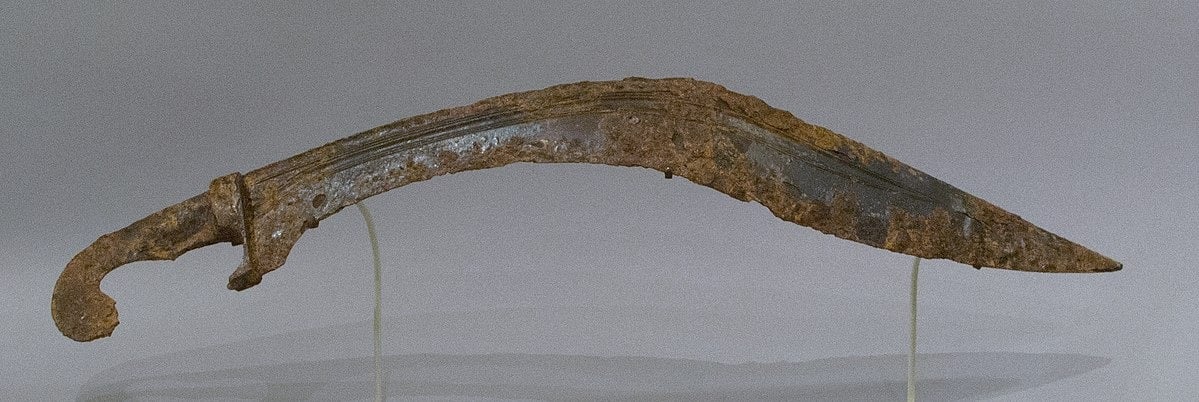
During his campaigns, Alexander the Great relied on a variety of military units for tactical success; the most prestigious of these units were the Companions, the elite mounted shock cavalry of the Macedonian army.
The Companion Cavalry, known in Greek as the Hetairoi (ἑταῖροι), were capable of delivering devastating charges against massed infantry formations. Their timely charges often proved decisive at crucial points during a battle and they were an invaluable tool that complimented Alexander’s preference for hammer and anvil tactics.
The Companion cavalry was just one piece of the puzzle that constituted the revolutionary combined arms warfare model employed by the ancient Macedonian army. However, as the king’s elite mounted warriors and bodyguards, they were often closest to Alexander during battle and are certainly among the most prestigious military units to have left their mark on the history books.
Organization of the Companion cavalry
The Companions were the Hetairoi of the king and the most senior unit in the ancient Macedonian army. As such, they were customarily deployed in the place of honor on the right wing of the army.
Most of the Companions would have been of noble birth, able to afford a horse and the necessary equipment. In fact, many of the Companions were close friends or allies of the king, so membership in the unit offered an opportunity for social and political status.
According to an academic paper authored by British historian Peter Brunt appearing in The Journal of Hellenic Studies, the Companions during Alexander and Philip II’s time were organized into eight squadrons called ilai. Each ile consisted of about 200 to 300 horsemen. One of the squadrons, called the agema, was the royal squadron and would usually be led in person by the king.

Equipment
For armor, a member of the Companion cavalry would have worn either a linothorax or a muscle cuirass to protect the torso. To protect the head, a Boeotian helmet was typically worn, chosen for the unobstructed vision it granted its wearer.
The primary armament of a Companion was the xyston, a long thrusting spear that was between 3.5 to 4.25 m (11 to 14 ft) long. Historians believe that it was usually wielded with two hands and that it could be held with an overhead or underarm grip depending on the situation.

The Companion cavalry carried swords as secondary weapons. They had two to choose from: the kopis and xiphos. The kopis was arguably the better choice for mounted soldiers because the curved single edge and weight distribution made it an excellent weapon for powerful chopping strikes, particularly against infantrymen who would have stood below a mounted warrior.
The ancient Greek soldier and writer Xenophon thought as much and wrote: “I recommend a kopis rather than a xiphos, because from the height of a horse’s back the cut of a machaira will serve you better than the thrust of a xiphos”.

Tactics of the Companion Cavalry
The Companion cavalry was most effectively used in conjunction with the other units of the Macedonian army. The infantry, whose main component was the pike phalanx, would act as the anvil by holding the main enemy force in place, whilst the Companion cavalry would act as the hammer, circling behind the enemy to charge in the flanks or rear – hence, the hammer and anvil.
The Companions played crucial roles in battles such as Chaeronea, where the renowned Sacred Band met their defeat, the Battle of Granicus in 334 BC, the Battle of Issus in 333 BC, and the Battle of Gaugamela in 331 BC.
The Companion cavalry often charged the enemy in the “flying wedge” formation designed to maximize the impact of the charge. According to the Greek historian Arrian, this formation was first used by the Scythians. Philip II later adopted the formation from them or the Thracians.
See all the latest news from Greece and the world at Greekreporter.com. Contact our newsroom to report an update or send your story, photos and videos. Follow GR on Google News and subscribe here to our daily email!



